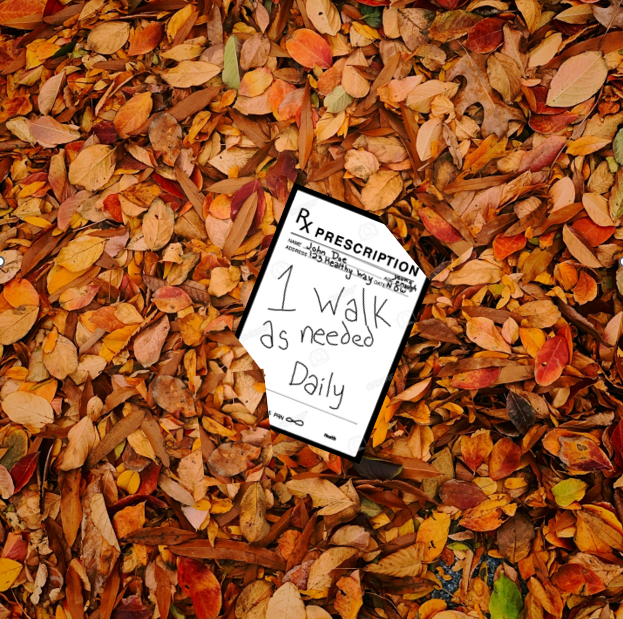Introduction:
Depression and anxiety are debilitating mental health conditions affecting millions worldwide. While psychotropic medications have been the cornerstone of treatment for decades, there’s a growing body of evidence highlighting the efficacy of physical activity in combating these disorders. In this article, we delve into the comparative effectiveness of physical activity and psychotropic medication in managing depression and anxiety, exploring their mechanisms, benefits, and potential drawbacks.
Understanding Depression and Anxiety:
Depression and anxiety are complex disorders influenced by various biological, psychological, and environmental factors. They often coexist and share overlapping symptoms, including persistent sadness, loss of interest or pleasure, fatigue, and impaired concentration. While psychotropic medications such as selective serotonin reuptake inhibitors (SSRIs) and benzodiazepines target neurotransmitter imbalances in the brain, physical activity engages multiple systems, offering a holistic approach to mental wellness.
Efficacy of Psychotropic Medication:
Psychotropic medications are widely prescribed for depression and anxiety due to their ability to modulate neurotransmitter levels in the brain. SSRIs, for instance, increase serotonin levels, alleviating symptoms of depression and anxiety over time. Numerous studies support the efficacy of medications in symptom reduction, with many patients experiencing significant improvement in mood and overall functioning. Additionally, medications provide a relatively quick onset of action, making them a convenient option for those in acute distress.
However, psychotropic medications come with potential side effects ranging from mild to severe. Common side effects include nausea, weight gain, sexual dysfunction, and emotional blunting, which can impact treatment adherence and overall quality of life. Furthermore, discontinuation syndrome and the risk of dependence associated with some medications underscore the importance of careful management and monitoring by healthcare professionals.
Harnessing the Power of Physical Activity:
Physical activity, encompassing a spectrum from aerobic exercises to mindfulness practices like yoga, has emerged as a promising adjunctive therapy for depression and anxiety. Exercise triggers the release of endorphins, neurotransmitters that act as natural mood elevators, while also reducing levels of stress hormones such as cortisol. Moreover, regular physical activity promotes neuroplasticity, the brain’s ability to adapt and rewire itself, potentially reversing some of the structural changes associated with mood disorders.
Research consistently demonstrates the benefits of exercise in improving mood and reducing symptoms of depression and anxiety. A meta-analysis published in JAMA Psychiatry found that exercise was equally effective as antidepressant medication in alleviating symptoms of depression, with both interventions showing large effect sizes. Moreover, physical activity offers numerous ancillary benefits, including improved sleep, enhanced self-esteem, and better overall physical health.
Challenges and Considerations:
Despite its efficacy, integrating physical activity into routine mental health care poses several challenges. Motivation and adherence can be significant barriers, especially for individuals experiencing profound apathy or fatigue. Additionally, access to safe and suitable exercise facilities may be limited for certain populations, exacerbating disparities in healthcare access. Moreover, while exercise is generally safe, there’s a risk of injury, particularly for those with pre-existing physical conditions or when engaging in high-intensity activities.
Balancing Act: Combining Approaches for Optimal Results:
Recognizing the strengths and limitations of both physical activity and psychotropic medication, a multimodal approach that combines these interventions may offer the best outcomes for individuals struggling with depression and anxiety. Integrated treatment plans tailored to each patient’s needs can leverage the rapid relief provided by medications while harnessing the sustained benefits of regular physical activity. Furthermore, incorporating psychotherapy and lifestyle modifications such as diet and sleep hygiene can enhance treatment efficacy and promote long-term recovery.
Conclusion:
In the battle against depression and anxiety, both physical activity and psychotropic medication play vital roles, offering distinct yet complementary pathways to healing. While medications provide rapid symptom relief, exercise offers enduring benefits for mental and physical well-being. By embracing a holistic approach that integrates these modalities alongside psychotherapy and lifestyle adjustments, individuals can optimize their chances of recovery and reclaim their lives from the grip of mental illness.
Active Therapy Counseling, located in beautiful Southern York, Pennsylvania, understands that science does not lie and must be incorporated into how we approach counseling. While other offices take the convenient and, frankly, outdated approach to therapy; ATC utilizes active therapy, which incorporates physical activity and the outdoors into every session. We not only offer this because it is enjoyable, but as the article has proven, it is significantly more efficient and effective in achieving positive mental health when compared to the traditional approach to therapy.
If you found the above article interesting and would like to test this information for yourself, why not give ATC a call!
References:
Blumenthal, J. A., et al. (2019). Effects of Exercise and Sertraline on Measures of Coronary Heart Disease Risk in Patients With Major Depression: Results From the SMILE-II Randomized Clinical Trial. JAMA Psychiatry.
Schuch, F. B., et al. (2016). Exercise as a treatment for depression: A meta-analysis adjusting for publication bias. Journal of Psychiatric Research.
Pedersen, B. K., & Saltin, B. (2015). Exercise as medicine – evidence for prescribing exercise as therapy in 26 different chronic diseases. Scandinavian Journal of Medicine & Science in Sports.
Bandelow, B., & Michaelis, S. (2015). Epidemiology of anxiety disorders in the 21st century. Dialogues in Clinical Neuroscience. Mojtabai, R., et al. (2015). National trends in long-term use of prescription opioids. Pharmacoepidemiology
